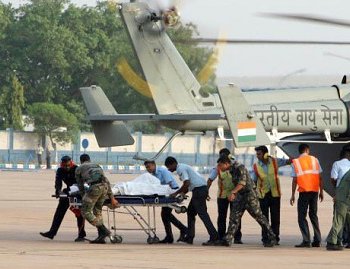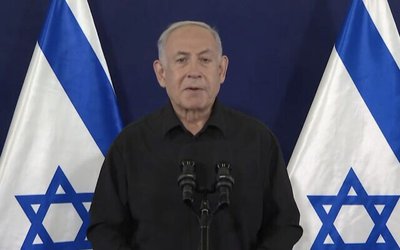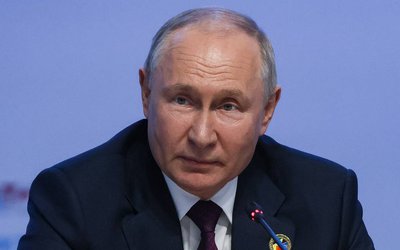
When the Philippines was hit by the deadly Haiyan typhoon in 2013, aid worth a mere 100,000 dollars and a small rescue team was all that China, the world’s second largest economy and one of the Philippines’ immediate neighbours, provided. Although it increased the amount by another 1.6 million dollars after much criticism, the amount was still less than the aid provided by a Swedish furniture brand.
Following the earthquake that hit one of its other immediate neighbours Nepal last month, China’s financial aid was ten times more than what it offered Philippines. Besides the money, it also sent 268 members of the China International Search and Rescue Team (CISAR), 26 search and rescue dogs and tents, blankets and generators among other relief materials.
While there is no doubt that China shares completely different equations with its two neighbours, its aggressive rescue operation in Nepal was not just triggered by humanitarian concerns. It paved way for what many called ‘disaster diplomacy’ and reflected the intensifying battle for influence with its arch Asian rival – India. For India, Operation Maitri was the largest disaster rescue operation carried out on a foreign soil and an attempt to show its influence around the Himalayan nation. Although officially, the rescue teams were supposed to assist the Nepal Army, the latter's presence apparently got almost subdued at least in the first few days.
Despite both the sides trying to downplay any rivalry, the battle for larger influence was evident from the very beginning. But it has been India’s aggressive stance in the battle which has caused consternations in Nepal. Vowing to ‘wipe the tears of every Nepali’, Modi called for a high level meeting and directed rescue operations within hours of first tremor. Scores of Indian Air Force planes’ have been flying into airport carrying tonnes of relief material and a number of army personnels. Reports stated that neither the government nor the Nepal Army had any idea as to how many Indian Army personnels had entered the country. There has also been news that India has been flying to the sensitive Nepal – China border areas without the Nepalese govt's approval. Although this was downplayed by New Delhi terming it a ‘mistake’, there are many who smell a rat. Criticisms have come from Indian experts themselves. Danvir Singh, Associate Editor of Indian Defense Review (IDR), a reputed journal on foreign policy and national security issues, opined that ‘Nepal’s rescue operation should not be projected as if they were being conducted in one of the Indian states’.
The Indian media has played a particularly worrying role in this regard. Following the earthquake, a number of Indian journos paratrooped in Kathmandu. But the overblown coverage has caused widespread criticism and outrage. In an attempt to boost up their TRPs, the rambunctious media has made insensitive coverage which has included interviewing family members of the deceased and showing graphic visuals. The Indian media’s stint has also tried to project India as a big brother giving the impression that Nepal Army was playing a second fiddle to the Indian Army in the rescue operations. Instances have been reported where the media personnels tried to bulldoze their way through formalities resulting scuffles with Nepali security personnel. The coverage has invited criticism from the likes of Indian politician Shashi Tharoor to reputed Journalist Shekhar Gupta. “Handle help for Nepal sensitively and respectfully”, tweeted Gupta. “Nepal isn't some Bihar Extension” he added.
While the help from international community was definitely much needed at a time of grave national crisis for Nepal, the disaster diplomacy is further expected to increase their influence in the ravaged country. While India and China continue to make efforts to intensify their surging influence, it will be particularly India, who is expected to have an upper hand in the battle.
- Ukrainian Crisis And The World (Dis)Order
- Apr 22, 2022
- China’s Cautious Steps In The Graveyard Of Empires
- Aug 18, 2021
- Foreign Aid On The Fence!
- Aug 08, 2021
- Communist Party of China centenary celebrations Reading between the lips
- Jul 14, 2021
- Second Wave Of Covid-19 In India: Deadly Blow To The Economy
- Jun 23, 2021
















